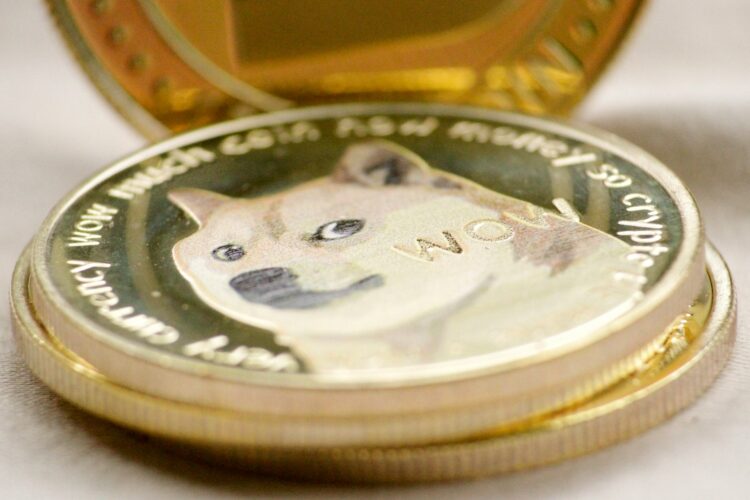In recent times, the world of cryptocurrencies has witnessed a significant shift, with Solana-based memecoins emerging as a dominant narrative. These tokens have captured the interest of investors, often overshadowing the performance of many well-established altcoins. Experts have delved into the market’s dynamics over the past year, shedding light on the reasons behind the memecoin phenomenon and speculating on the future trajectory of the crypto industry.
The Value of Solana ‘Interjective Culture Coins’
Qiao Wang, co-founder of Alliance DAO, has offered his insights into the evolution of market narratives that define each cycle. In a recent post on social media platform X, he emphasized the unique opportunities available for retail investors to outperform professionals in every cycle. Wang suggests that retail engagement is most effective when professionals perceive high career risks in participating.
During the initial cycle, retail investors found success with Bitcoin, followed by capitalizing on Ethereum’s narrative in the subsequent cycle. The third cycle saw Decentralized Finance (DeFi) and Non-Fungible Tokens (NFTs) as focal points for retail opportunities. Currently, Solana and its “intersubjective culture coins,” as Wang refers to memecoins, have taken center stage. These meme-based tokens, despite facing criticism for their perceived lack of utility, derive their value from the collective cultural experiences they embody.
The concept of value in memecoins has been a topic of debate among industry figures. In a discussion on the Unchained podcast, crypto traders Ansem and Kel highlighted the significance of memes and cultural elements on the internet. They argued that comparing memecoins with other altcoins is futile, as the crypto community is deeply ingrained in internet culture and the financialization of meme virality.
Moreover, the “shared experience of relating” is another crucial factor driving the popularity of meme-based tokens. This phenomenon is evident in the communities surrounding Solana-based memecoins such as dogwifhat (WIF) and Popcat (POPCAT), which have captured the imagination of investors and enthusiasts alike.
Memecoins ‘Absorbed’ The Market’s Energy
Chris Burniske, co-founder of Placeholder, has also weighed in on the growing memecoin trend. He views memecoins as a significant force, predicting that their impact will surpass expectations in the coming expansion phase. Burniske points to the cultural significance that NFT collections held in 2021, suggesting that memecoins will soon eclipse that influence.
On October 7, the total market capitalization of Solana memecoins exceeded $10 billion, as reported by SolanaFloor. In response to Burniske’s observations, Solana co-founder Anatoly Yakovenko shared his perspective on why memecoins have become a dominant narrative. Yakovenko contends that previous cycles were largely driven by memes, with products playing a minor role.
According to Yakovenko, the current cycle has fully absorbed the meme energy that powered previous narratives, such as DeFi summer. He believes that moving forward, the success of products will hinge on their intrinsic value, which could prove beneficial for the broader crypto industry.
As of this writing, Solana (SOL) is trading at $151, reflecting a 4% increase over the last 24 hours.










